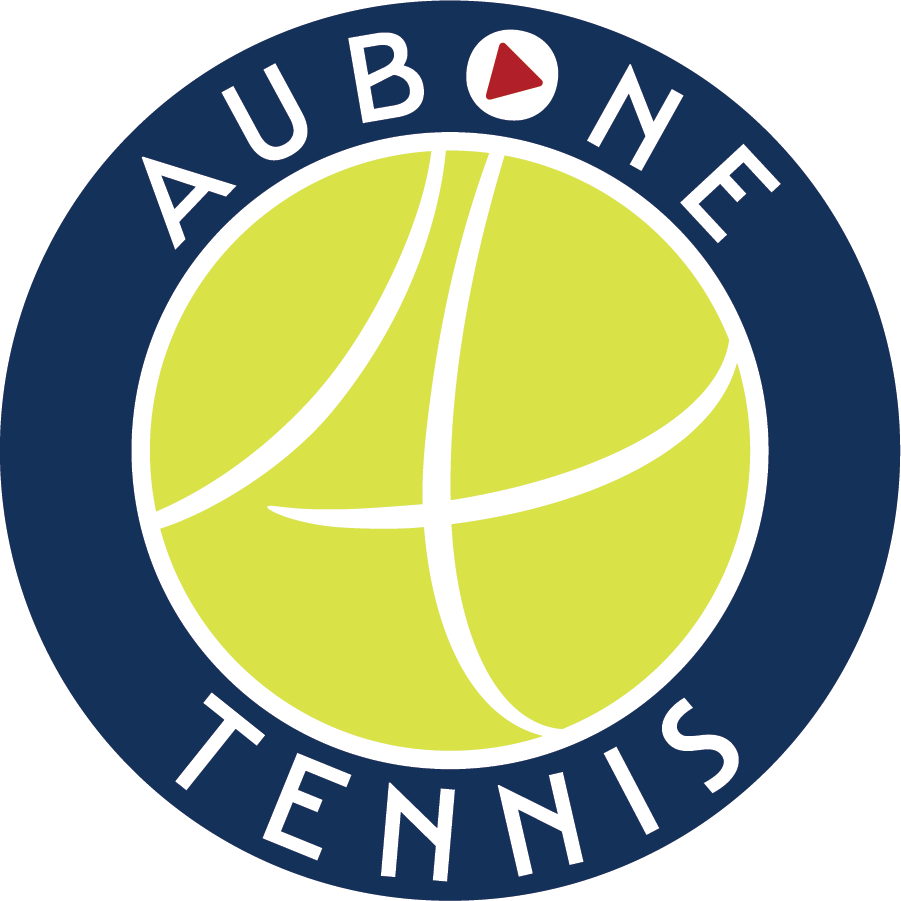3 Things I Took Away Watching the Junior L3
I spent last weekend helping two juniors at an L3. It had been a while since I spent all morning and afternoon at a facility, day after day, and I loved it.
It’s one thing to see a player play one match. It’s another to see how they handle different scenarios on back to back days. That’s where you really get to know the player.
But in regards to the overall tournament, when the juniors I was responsible for weren’t competing, I was watching everyone else and learning. These were the 3 most important things I took away from the event:
Simplicity Wins
The players who had the most amount of success were the ones who didn’t deviate from their main strategy. They kept it simple. Their patterns were repeatable. They didn’t panic under pressure, and didn’t force anything that wasn’t there.
The ones who struggled were the ones who were all over the place. They were swinging out one minute, grinding the next, drop-shotting after that, and then swinging out again. It was impossible to tell what their strengths and weaknesses were because the second something went wrong, they would do something else. And normally that’s fine if the same strategic mistake has been made numerous times, but these weren’t strategical changes. These were panic stricken changes caused by negative emotional reactions.
I watched one player play an incredibly consistent and patient match in the morning, only to hit 7 drop shots in the first 3 games of their afternoon match. Let’s just say the 2nd second went better than the first.
Can you move the ball around the court consistently?
Those could move the ball around the court with consistency were having success. And I don’t mean angles and corners. I mean just keeping the ball out of the middle of the court.
Juniors generally don’t hit aggressively on the move. They’re physically not strong enough. They can throw it up to the moon, but they’ll do it without pace. So as soon as they could get a player moving from one side to the next, they were going to get a short ball very soon. Whether they could finish at the net or not is a totally different topic, but they’d at least have the opportunity to end the point.
And when these kids moved the ball around the court, it wasn’t with incredible pace. It was a controlled, high margin shot that was simply outside of the middle of the court.
Juniors need more practice at the net!
The amount of missed opportunities to come to the net hurt my tennis loving soul. The win-now mentality was raging across most of the courts. It was tough to watch, but I understood it. I’ve been there. Losing sucks. It’s painful. But in a few years, they’ll be losing even more to the players who spent years working on their approaches, volleys, and overheads.
Consistency will definitely help you win a lot of matches, but it won’t help you become the best. If these juniors want to take home the more important hardware when they’re older, they better start focusing on the long term soon.
I’m looking forward to see where these kids will be in a few years. Who will have improved? Who stayed the same but just improved on the skills they already had? Who will quit? Who will pop up out of no where and catch everyone by surprise? We’ll see! On to the next one.
